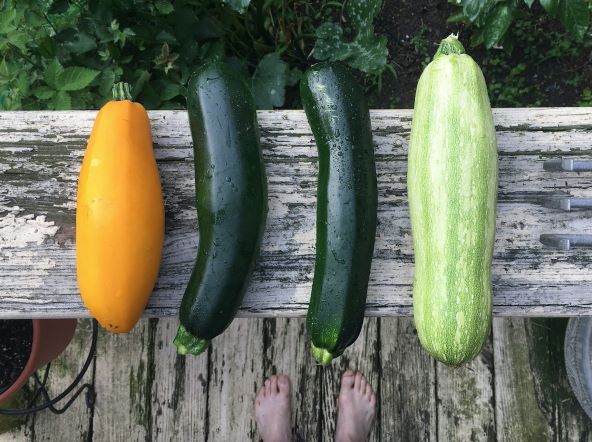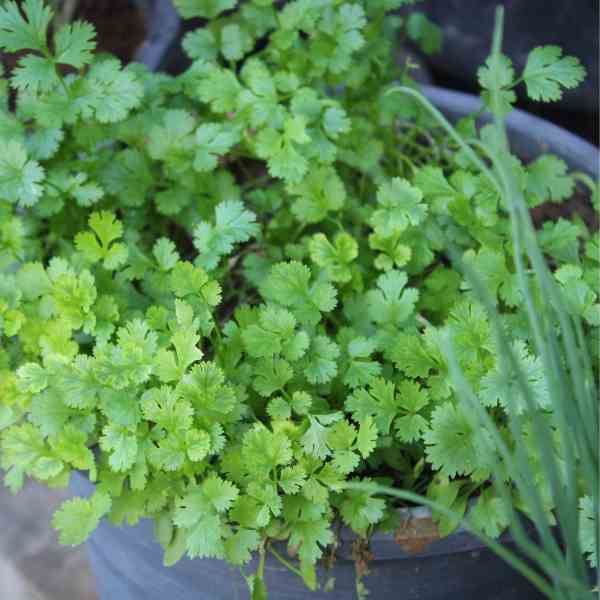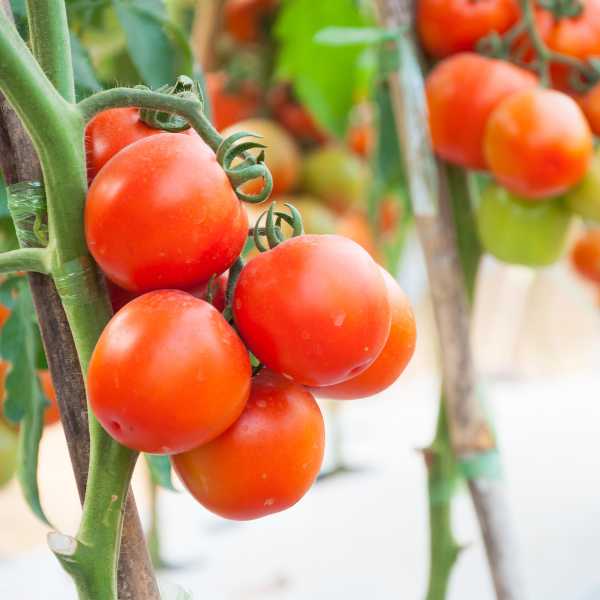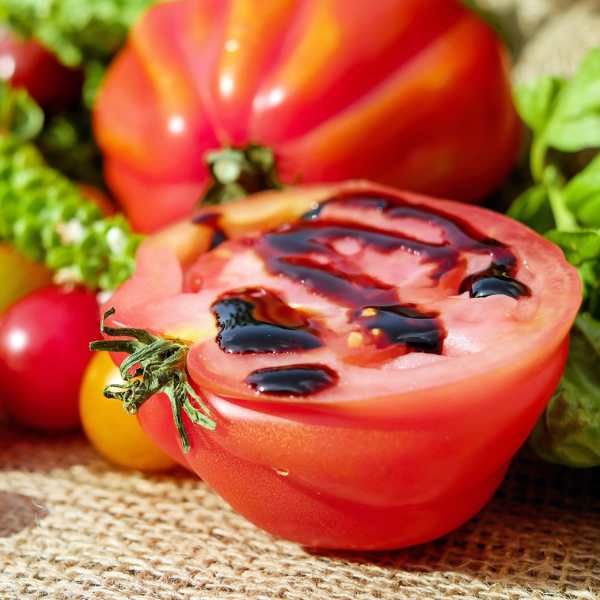The Practical Art of Sowing Seeds With Sand

Sowing seeds is a task that blends optimism with frustration. Whether nurturing delicate herbs or establishing a sprawling meadow, gardeners often grapple with two universal challenges: the difficulty of handling minuscule seeds and the struggle to distribute them evenly across large areas. Tiny seeds, such as those of poppies, foxgloves, or mint, are notoriously fiddly. Their size makes them prone to clumping, leading to overcrowded seedlings that demand labourious thinning. Conversely, broadcasting seeds over expansive spaces frequently results in patchy germination, wasted resources, and uneven growth. Fortunately, a humble material—sand—offers an elegant, cost-effective solution to these problems, transforming a tedious process into a streamlined practice.
Why Sand Works
At its core, mixing seeds with sand is a matter of physics and practicality. Sand acts as a bulking agent, increasing the volume of material being sown. This added bulk makes tiny seeds easier to handle, reducing the risk of over-sowing. For instance, poppy seeds, which are barely visible to the naked eye, become manageable when blended with gritty sand. The grains separate the seeds, preventing clumps and promoting even spacing. Light-colored sand also serves as a visual aid against darker soil, allowing gardeners to track their progress and avoid gaps or overlaps.
When sowing large areas, such as lawns or wildflower meadows, sand’s weight and texture enhance control. Hand-broadcasting pure seed often leads to uneven dispersal, as lightweight seeds are easily carried by wind or scattered haphazardly. By contrast, a sand-seed mixture falls more predictably, ensuring consistent coverage. Dividing the mix and applying it in perpendicular directions—first north-south, then east-west—further refines distribution. The sand’s slight weight also helps seeds settle into the soil, improving contact, a critical factor for germination.
Selecting the Right Sand
Not all sands are suitable for this task. The ideal type is coarse, clean, and free of contaminants like silt, clay, or salts. Horticultural sand, widely available at nurseries, is the gold standard. It is washed, pH-neutral, and specifically graded for gardening use. For budget-conscious gardeners, coarse builder’s sand (often labelled “concrete sand”) is a viable alternative. Sourced from hardware stores, it must be free of fine particles to avoid compaction. However, its silica content warrants caution—wearing a mask when handling dry builder’s sand is advisable.
Play sand, though tempting for its affordability, is a poor choice. Its fine, rounded particles compact when wet, creating a dense barrier that stifles germination. In regions where suitable sand is scarce, alternatives like vermiculite or sieved compost can substitute. Vermiculite’s moisture-retentive properties benefit arid climates, while dry, fine compost adds nutrients without clumping. The key is to prioritize materials that enhance airflow and drainage around seeds.
Alternatives to Sand
If suitable coarse sand is not available potting mix or seed raising mix can be used as long as they are fine and free flowing and they will have the added benefit of adding nutrients. Vermiculite is another good substitute as it is lightweight and holds moisture along with Perlite which is great for adding aeration.
Mixing Ratios
There is no one-size-fits-all formula for blending sand and seeds. Ratios vary based on seed size, sowing method, and personal preference. For tiny seeds, a starting point of 1 part seed to 5 parts sand by volume works well. A pinch of seed mixed with a tablespoon of sand, for example, simplifies precise sprinkling in garden beds. For larger areas, diluting the seed further—up to 1 part seed to 20 parts sand—ensures sparse, even coverage. Experimentation is encouraged; gardeners might adjust ratios depending on whether they’re using hand-broadcasting techniques or mechanical spreaders.
Steps for Success
The process begins with soil preparation. Clear the area of weeds, loosen the soil to a fine tilth, and lightly water to help seeds adhere. Dry sand mixes more freely, so ensure it is not clumping before blending. Small batches can be combined in a jar or bowl, while larger quantities may require a wheelbarrow or tarp. For hand-sowing, a steady, sweeping motion achieves even distribution, while mechanical spreaders benefit from calibration tests on concrete beforehand. After sowing, seeds should be lightly covered—either by raking or pressing into the soil—to anchor them without burying them too deeply. Immediate watering with a fine mist settles the seeds and initiates germination, with consistent moisture maintained until seedlings emerge.
Finally
Mixing seeds with sand is a testament to gardening’s resourceful spirit. This technique minimizes waste, reduces labor, and fosters healthier plant growth by addressing the root causes of uneven sowing. It requires no specialized tools or expensive materials—just an understanding of how bulk and texture influence distribution. For Australian gardeners contending with diverse climates and soil types, sand offers a reliable, adaptable solution. By integrating this method into their practice, cultivators can transform a once-frustrating task into a seamless step toward a thriving garden.






